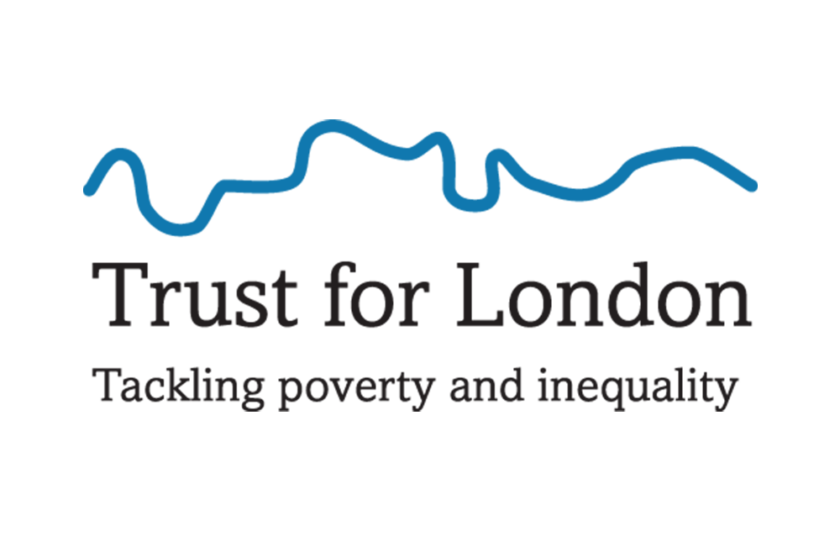This report looks at the growing problem of low paid self employment in the UK and offers recommendations on what the government can do to address this important issue.
Key Findings
- Self-employment is rising with around 1 in 7 workers in the UK now self-employed. London has the highest rate of self-employment of all UK regions, with the self-employed accounting for 18% of all workers.
- A large proportion are in low pay. 45% of the self-employed aged 25 or over (1.7 million individuals) are paid below the National Living Wage (£7.20 an hour). For employees the risk of low pay is around 20%.
- This divide between employee and self-employed was evident even before the introduction of the National Living Wage, when the self-employed were over twice as likely to be in low hourly pay compared to employees.
- Five sectors account for two-thirds (64%) of the UK’s low paid self-employed. The same five sectors account for 73% of the London’s low paid self-employed. They are: Construction; Administrative and support services (mainly cleaners and gardeners); Transport and storage; Professional, scientific and technical (mainly design, photography and translation services); Wholesale and retail.
- The extent of low pay differs substantially across sector. For example, around 60% of self-employed workers in transport and storage aged 25 or over are paid below the National Living Wage. In construction it is around 40%.
- The low-paid self-employed face significant financial pressures. They are more likely to be in low-income households (28%) compared to low-paid employees (19%).
- 64% of low paid self-employed workers in the UK have no income from savings, investments or pensions, compared to only 36% of low paid employees. The situation is worse in London, where 77% of the low paid self-employed have no other sources of income aside from employment earnings.
- When Universal Credit comes in, many will lose out, as the amount they can claim will be based on an assumption that they are able to earn the equivalent of the National Living Wage, rather than their actual earnings. This could affect around 40% of families with self-employed earners currently claiming in-work benefits (190,000 families).
- Of those that stay in work around a quarter escape from low monthly pay one year later.
- There is relatively little scope for the low-paid self-employed to increase their earnings by working more hours. They already work longer hours than their low-paid employee counterparts. In many sectors, the level of competition means that prospects for increasing earnings are limited.
- For some low-paid self-employed, the route out of low pay is to move into a different line of work and/or find work as an employee. Those who find work as an employee are twice as likely to escape low pay (57%) compared to those that do not (24%).
- There is a need for more focus and action in addressing low pay among the self-employed by central and local government, as well as civil society organisations and platforms such as Uber and Handy. Our recommendations fall into three areas: addressing the tax and regulation gap; giving the self-employed a stronger voice; and supporting the self-employed into higher pay.
Download The Report: PDF
Kindly sponsored by

